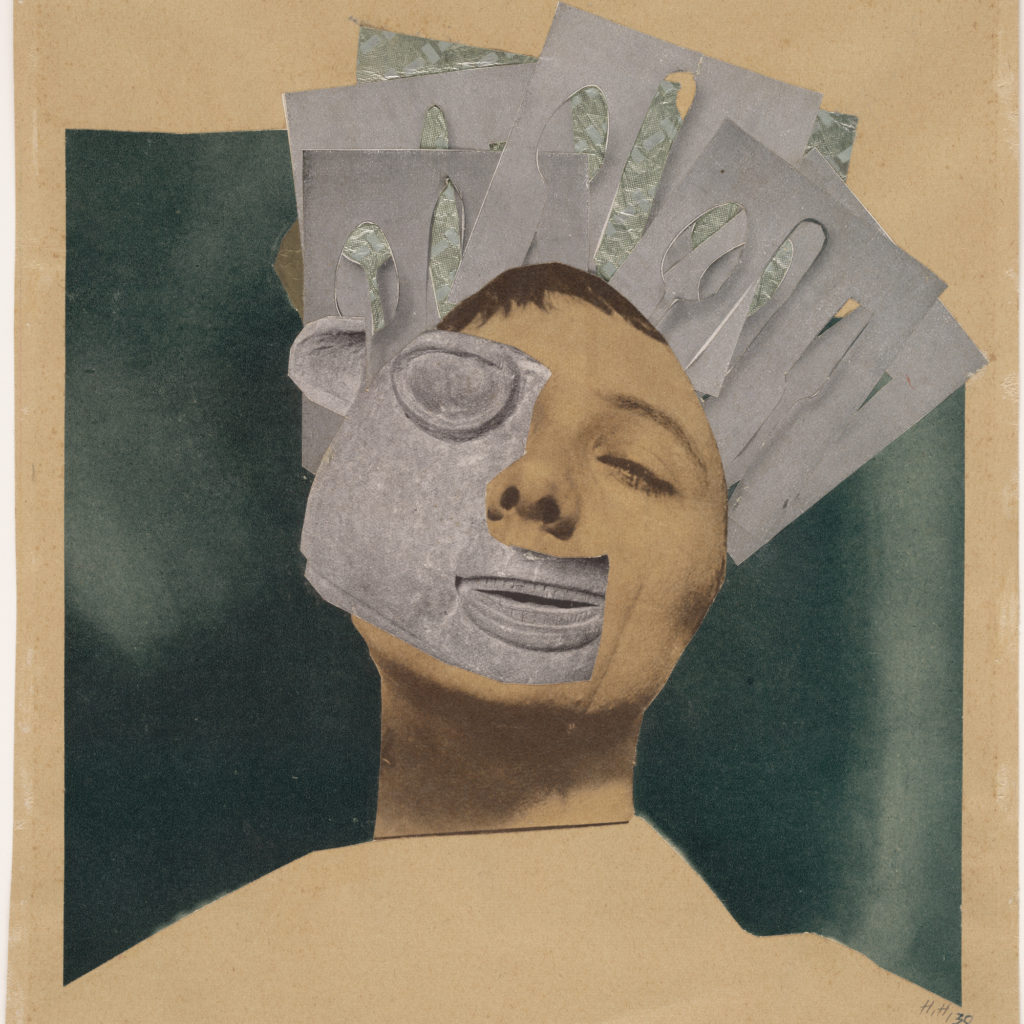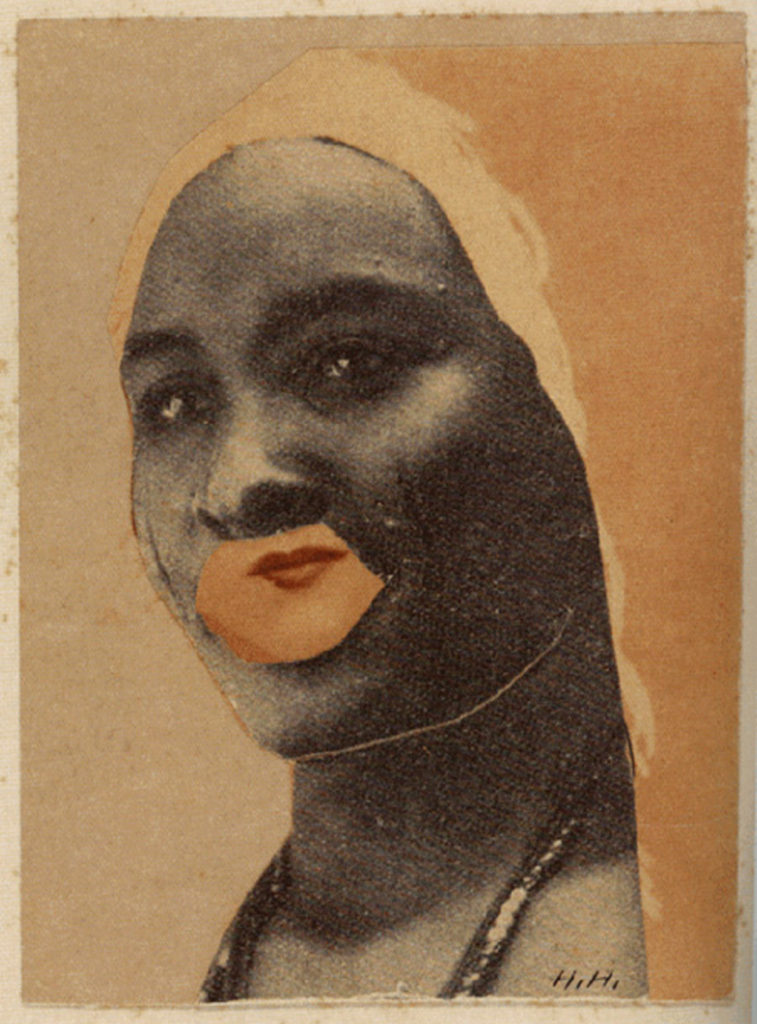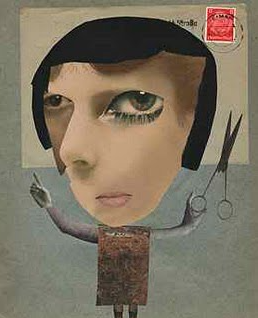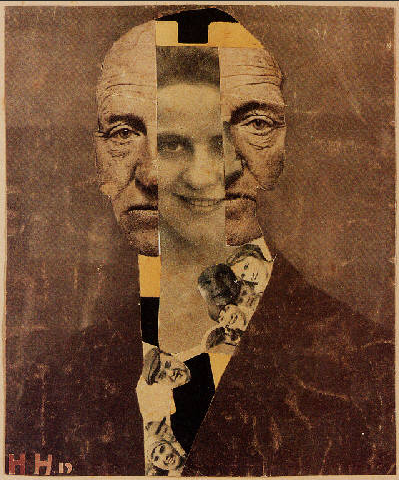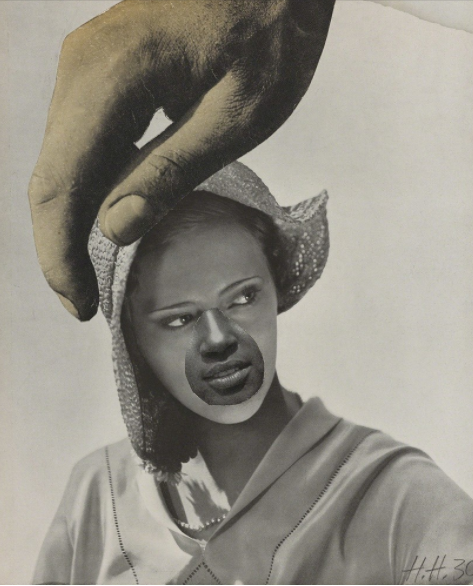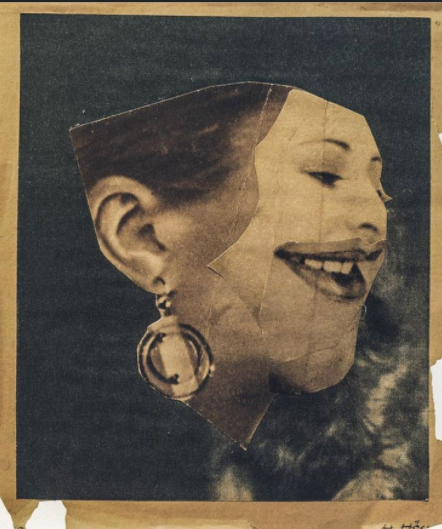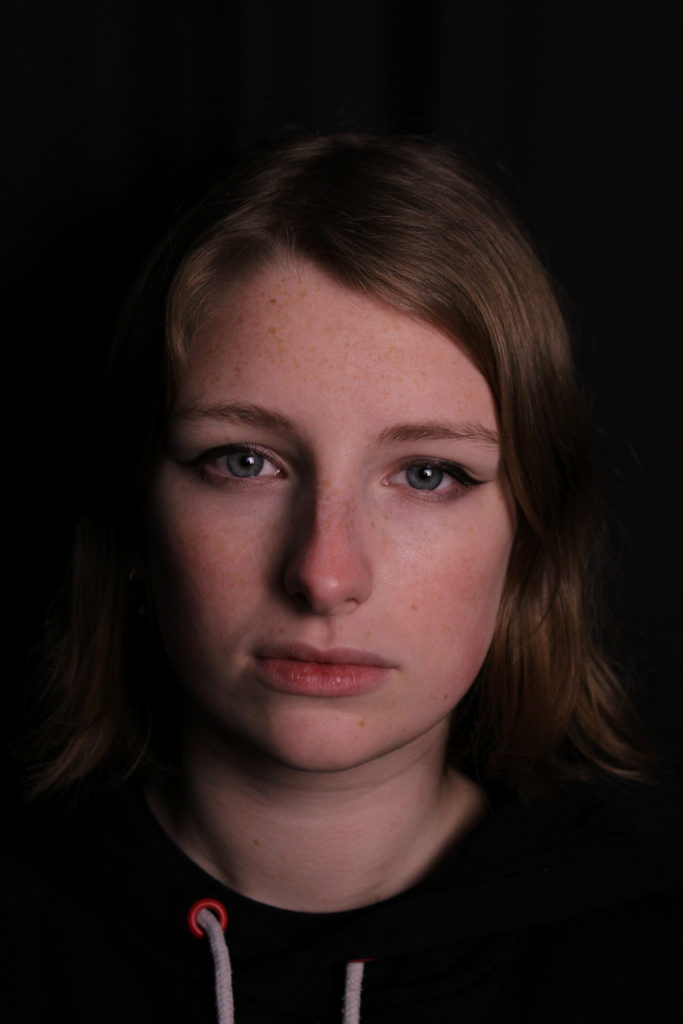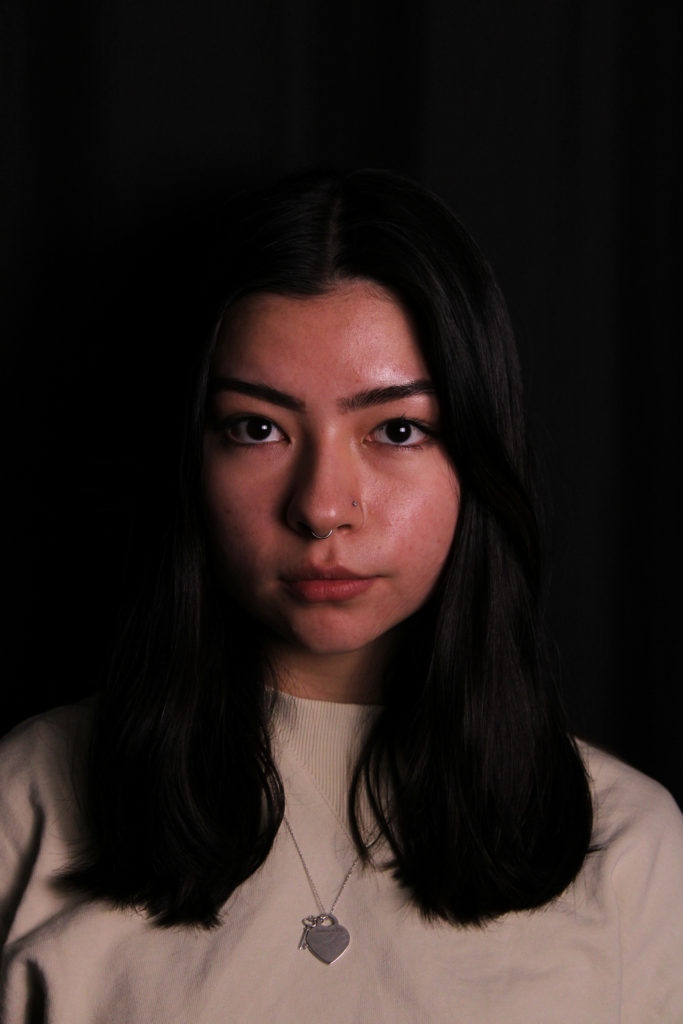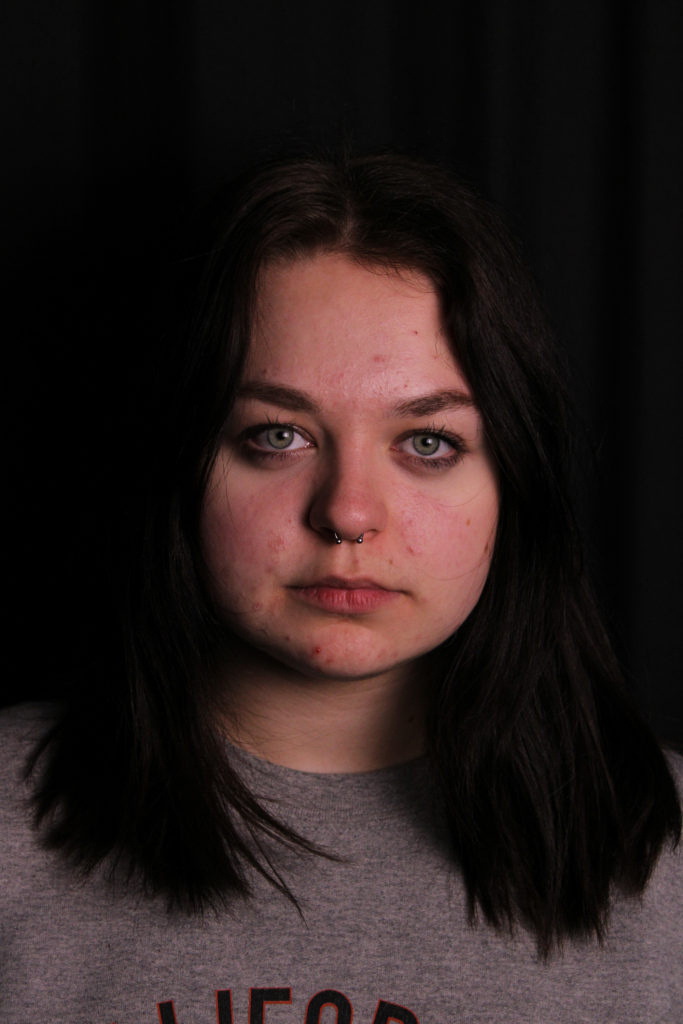What is photo-montage?
Photo-montage is a photographic/art technique where two or more images are overlapped and rearranged together to create a brand new image. In 1916, John Heartfield and George Grosz experimented with pasting pictures together to promote anti-Nazi and anti-fascist statements, this resulted in the photo-montage art technique. Photo-montage is often used as a means of expressing political dissent, it was initially used in 1915 by Dadaists in their protests against the First World War. The term “photo-montage” became widely known at the end of World War 1, around 1918 or 1919, and was used between a wide variety of art forms. For example, the Surrealists adopted the photo-montage technique due to it’s ability to bring together various different images to create an abstract representation of the workings of the unconscious mind. Recently, photo-montage has been used in psychedelic art by contemporary artists and photographers to reflect political messages, about topics such as climate change, in a visual way that is easy to understand yet also very impactful.
Photo-Montage Mood Board

Hannah Höch
Hannah Höch (1889-1978) was a German Dada artist known for her incisively political collages and photo-montages, a form she helped pioneer. Hannah Höch appropriated and recombined images and text from mass media to critique popular culture, the failings of the Weimar Republic, and the socially constructed roles of women. In 1917, Höch became associated with the Berlin Dada Group, which was a group of primarily male artists who critiqued and mocked German society and culture post World War 1. Her photo-montages received critical acclaim even with her male peers patronizing views, which still restricted women from having any real professional status from being depicted as ‘amateurs’.
Höch created her brilliant photo-montages by cutting out images from popular magazines and illustrated journals and layering them together to form impactful political pieces. The main themes Höch explored in her work were based around gender and identity, she humorously criticized Weimar Germany’s concept of the ‘New Woman’ who was allegedly man’s equal. Much of her work included feminist symbols and rebellious ideas that went against societies norms, she was extremely influential throughout her life and her work still impacts the world/societies views today.
Image Analysis
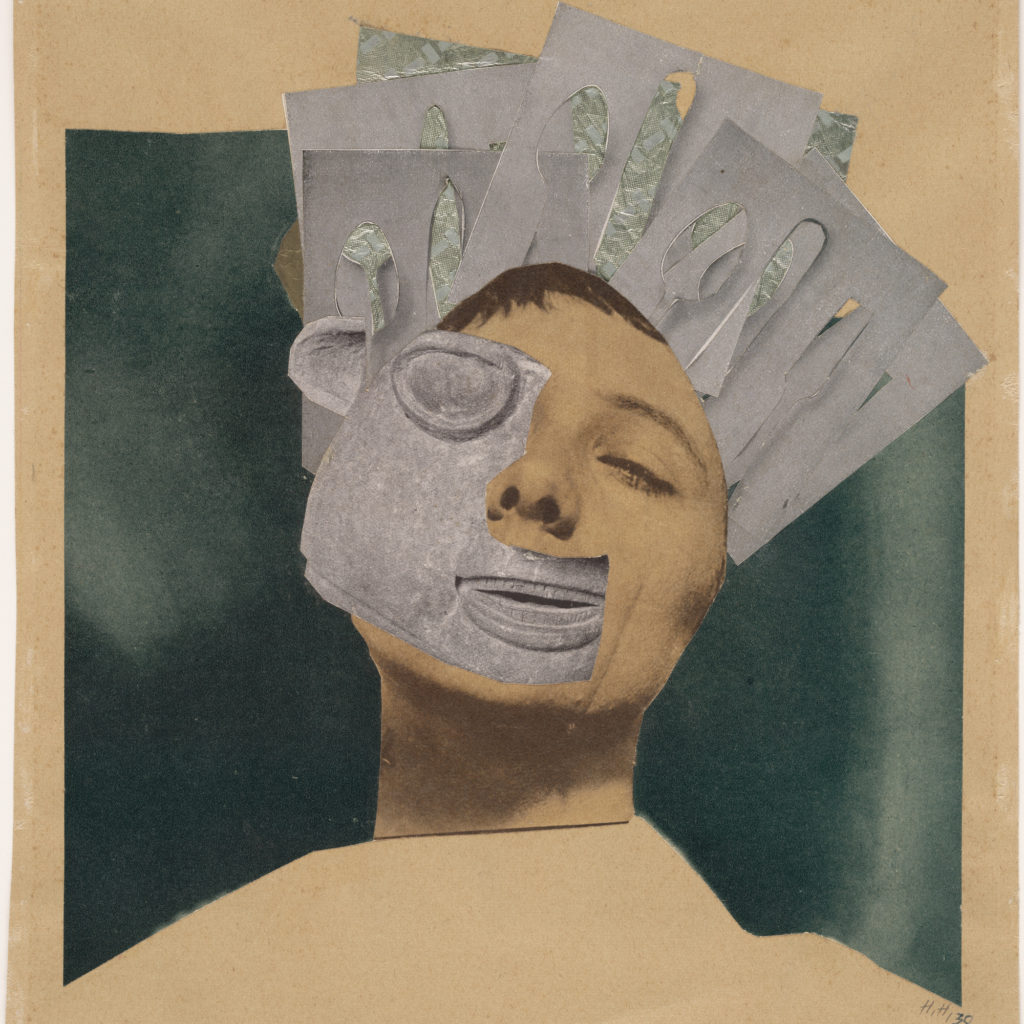
This photo-montage created by Hannah Höch is an extremely strong example of her political, revolutionary ideas about societies views on women. Her collaged model is the actress Renée Falconetti, appearing in a publicity still for Carl Theodor Dreyer’s 1928 film The Passion of Joan of Arc. Firstly, by Höch using such a famous face as the subject of her piece, it symbolizes that the patriarchal society she lived in shunned women of all professions and classes, even famous actresses. The composition of this piece shows half of Falconetti’s face is replaced with the ear, eye, and mouth of a wooden dance mask from Cameroon. I believe this choice of layering pieces of a mask over the subject’s face symbolizes how most ideas and suggestions from women were masked over and covered up for men to take the credit in Höch’s society. It signifies the expectations and assumptions that men had about women, to be hidden away and silenced for their controversial ideas. I really like the way Höch mocks this in her piece as she presents the masking of women as physical, not mental. Above her head rests a crown of cutlery; cut-out shapes of spoons and knives, set against glinting metallic foil. This choice clearly represents the status of women in contemporary German society, painting the model as a goddess of domestic finery by using such mundane kitchen utensils ridicules the common trivial phrase ‘a woman’s place is the kitchen’.
Technically the photo-montage holds little notable photographic techniques, however Höch’s choice of subject image has clear harsh lighting due to the bold shadow formed under her chin. The main highlights fall across the cut-out shapes of cutlery above her head which create a considerable tonal range and contrast between light and dark. This gives the impression that ideas closer to a woman’s heart were shadowed and hidden away from society, whereas the views placed in their head- about women’s role in civilization being only to provide for their husband’s- were publicized and highlighted. Furthermore, the repetition of the cutlery shapes connotes the idea that these concepts on women have been around for generations, Höch clearly believed they would continue if people didn’t start making a change to the way society ignored and disrespected women. Additionally, the plain blue-grey background, along with the overall dull colour palette of this piece, provides a clear link to Höch’s perspective on the community’s minds being blank towards the discrimination of women and their identities.
Photoshoot Plan
Who – I plan on photographing my friends Caitlin, Mai and Lauren for this photo-montage shoot due to their confidence in front of the camera. Additionally, all three girls have different looks and styles which will help portray my ideas about the triviality of society’s beauty standards.
What – I will capture images of my models in front of a black backdrop, looking straight at the camera lens with quite a blank facial expression. I then plan on gathering some images of celebrities and models from fashion magazines and cutting out certain facial features to layer over my primary images.
Where – I will conduct this photoshoot in the school’s art dry room, due to the photography studio being currently used as a drama classroom and therefore out of use.
How – I will take these images using the 1 point lighting technique with a standing LED soft box light to create a clear focal point on my subject’s face as well as a very dark black background to help it stand out, I also plan on capturing these images as mid-shots/head-shots.
Why – My aim in producing this photoshoot is to portray the effects modern media has on women’s perception of their faces and bodies, I wish to show how media’s constant flaunting of artificial women can have an effect on what society believes is the beauty standard they should conform to.
Contact Sheets
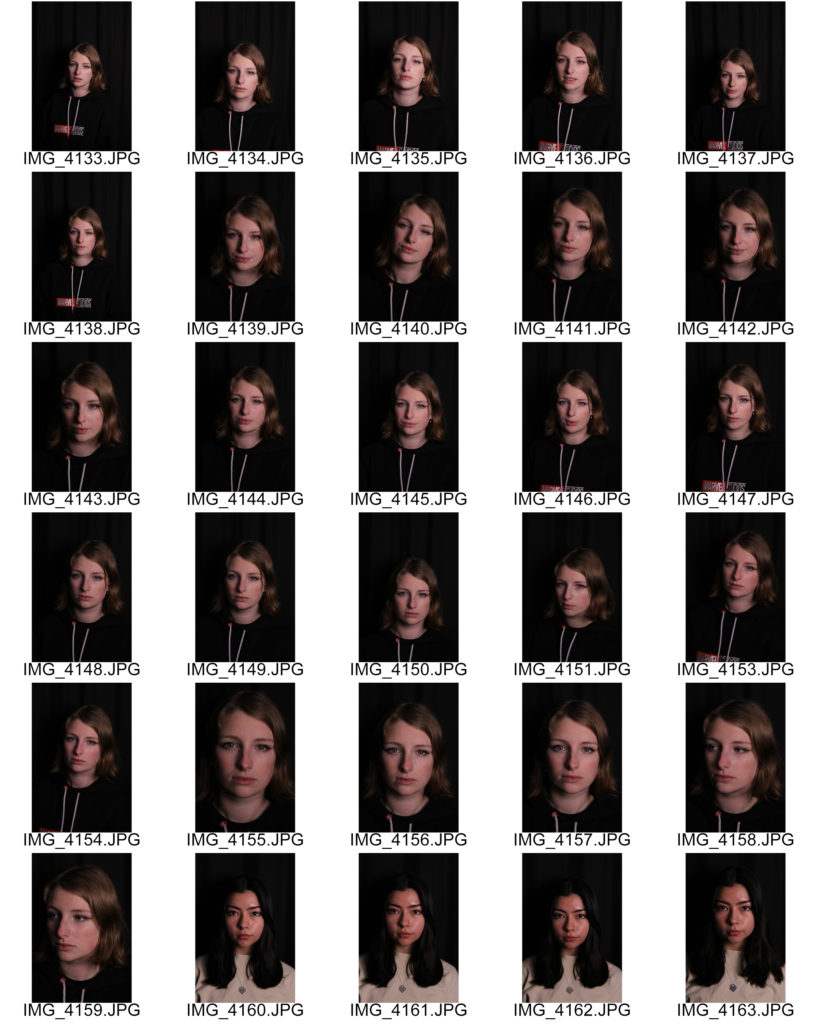
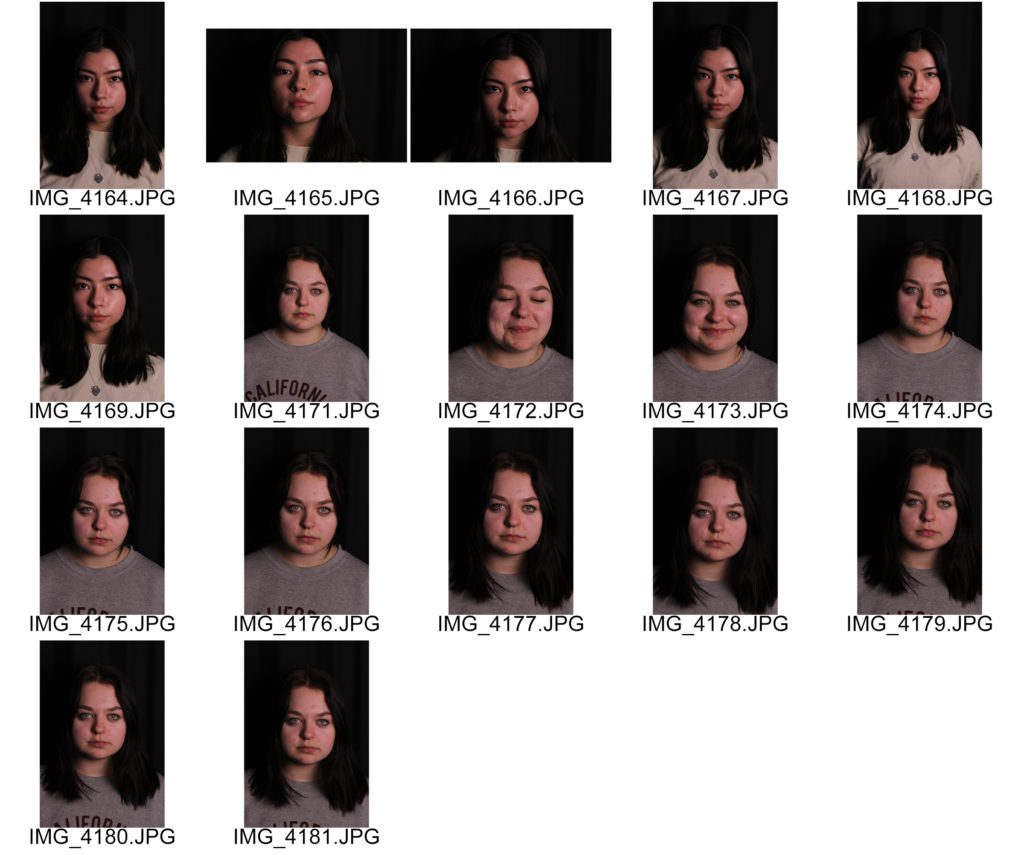
Selected Images
Photo-Montages
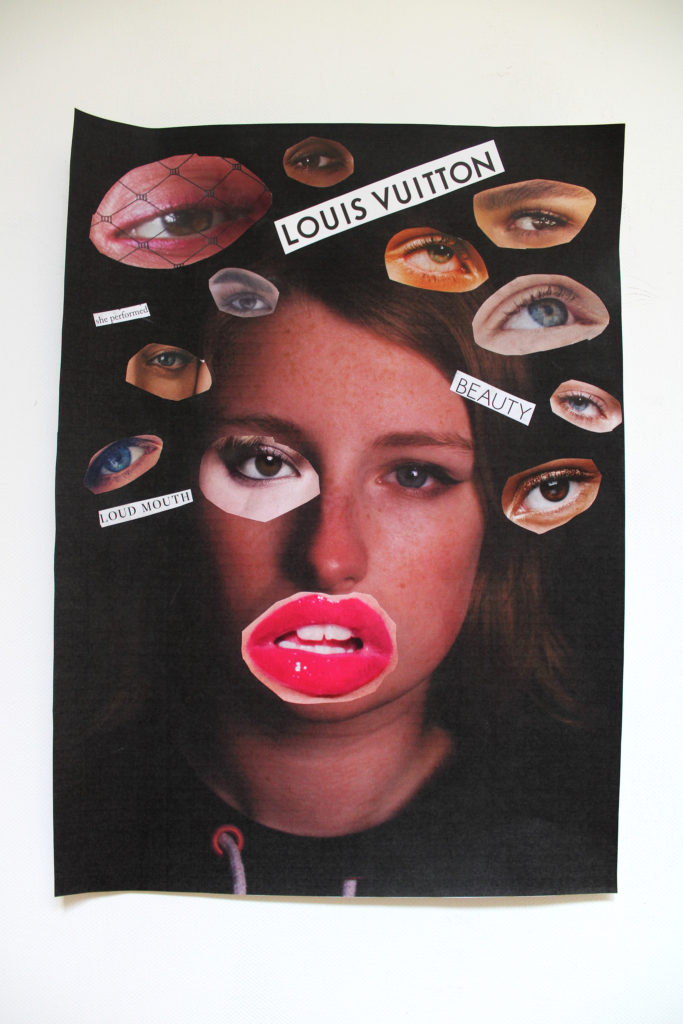
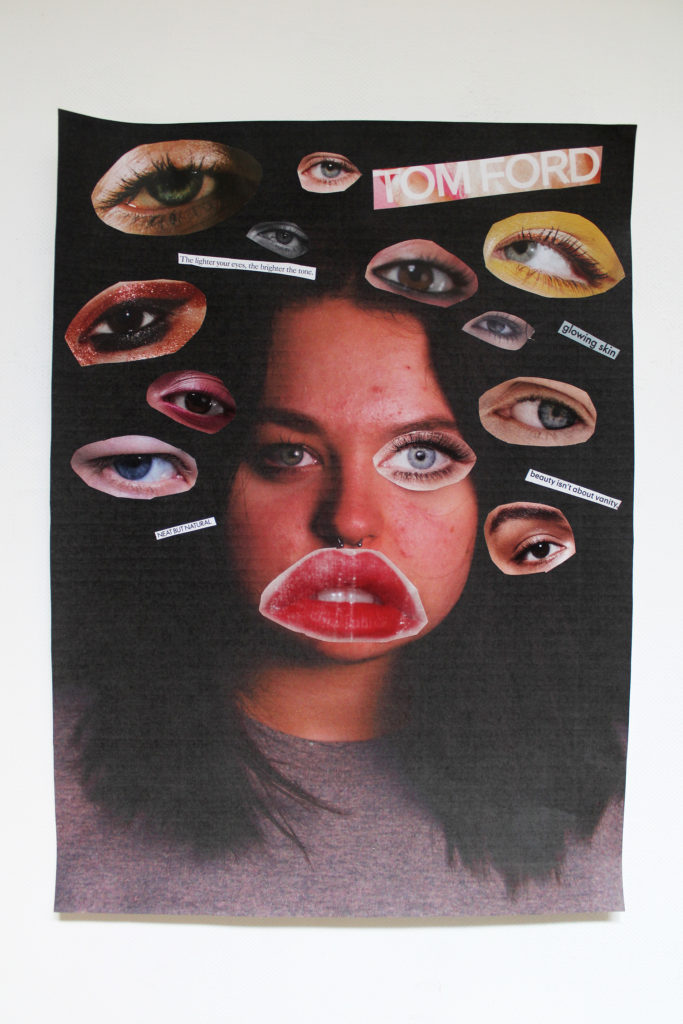
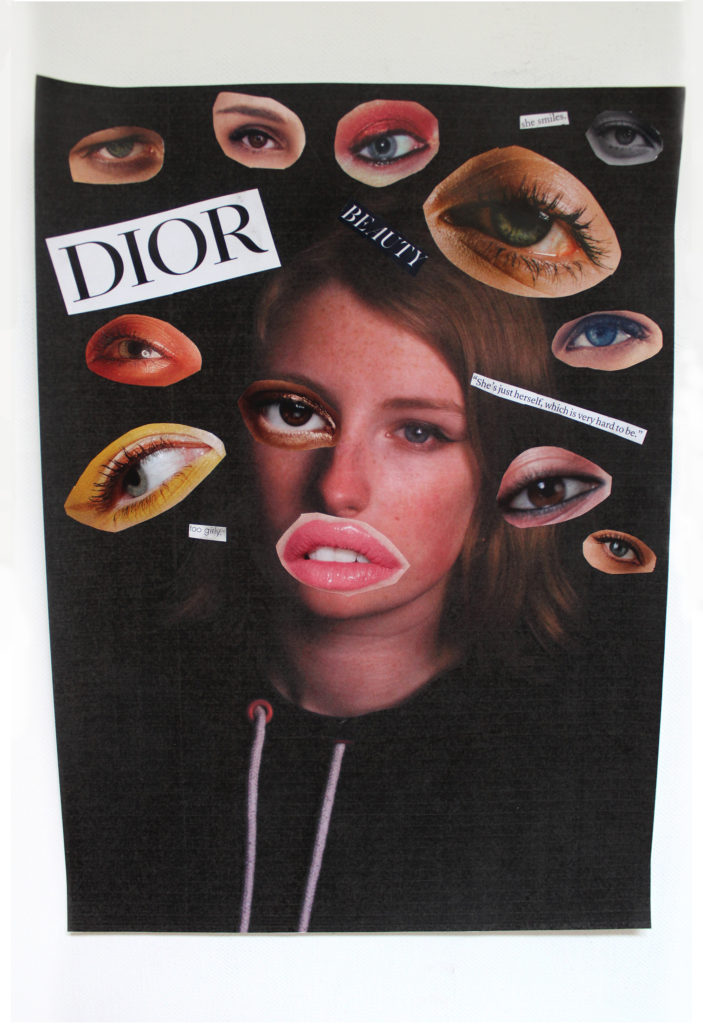
I created these photo-montages to highlight the effect modern media, such as magazines, has on women’s perception of themselves. I wanted to create the impression that the media’s constant portrayal of superficial women has influenced society’s expectations of ‘the perfect woman’, similar to the work of Hannah Hoch. I cut out features such as model’s eyes to layer over my portraits, connoting the common concept that girls with brown eyes want blue eyes and girls with blue eyes want brown etc; showing that nobody ever thinks they’re perfect, even when somebody else does. However, I decided I wanted to emphasise my subject’s lips also, so I cut out magazine model’s lips that were considerably bigger than my model’s to create this exaggerated effect. I believe this demonstrates the unrealistic expectations that all women must have big pouty lips to be beautiful, as modern media suggests with their excessive flaunting of them. Furthermore, as well as cutting out facial features from these popular magazines, I also found words and phrases that showed what women are compared to what their perceived to be. For example, in my first photo-montage I cut out the phrase ‘she performed’ to imply that women sometimes have to put up a façade in order to be heard or get their point across. Nevertheless, I paired this phrase with the words ‘loud mouth’ as it suggests women will get criticized for trying to voice their opinion in a society that is not open to their new ideas, linking to Hoch’s work on a woman’s place in society. Additionally, I cut out phrases such as ‘glowing skin’, ‘beauty’ and different well-known brands to show the things that the media believes women want, the things that this modern society thrive off of. Lastly, I chose to stick several model’s eyes around my subject’s head in order to demonstrate the idea that because of the world’s constant changing trends and styles, women may believe that society is always watching them and that the eyes of the people around them are consistently picking out their flaws and imperfections, clearly showing how modern media can influence are thoughts about ourselves.

